How Drilling Measurements Contribute to the Success of Oil and Gas Exploration
From exploring and extracting hydrocarbons to ensuring well integrity and safety, accurate drilling measurements are paramount. These measurements not only dictate the success of drilling projects but also significantly impact operational efficiency, cost-effectiveness, and environmental sustainability. In this article, we explore the critical role that drilling measurements play in the oil and gas sector, their significance in enhancing operational efficiency and safety, as well as the advanced technologies driving continuous improvement in drilling measurements.

Importance of Drilling Measurements in Oil and Gas Exploration
1. Mapping Subsurface Structures
One of the primary objectives of drilling measurements in oil and gas exploration is to map subsurface structures accurately. By measuring parameters such as depth, formation characteristics, and lithology, geoscientists can create detailed models of the subsurface geology. This information is crucial for identifying potential reservoirs, predicting their extent, and planning the drilling trajectory to intersect them effectively.
2. Evaluating Reservoir Potential
Drilling measurements play a critical role in evaluating the potential of discovered reservoirs. Parameters such as porosity, permeability, and fluid saturation are measured to assess the reservoir’s capacity to store and produce hydrocarbons. Tools like Logging While Drilling (LWD) and Measurement While Drilling (MWD) provide real-time data on formation properties, allowing geoscientists to make informed decisions about reservoir quality and productivity.
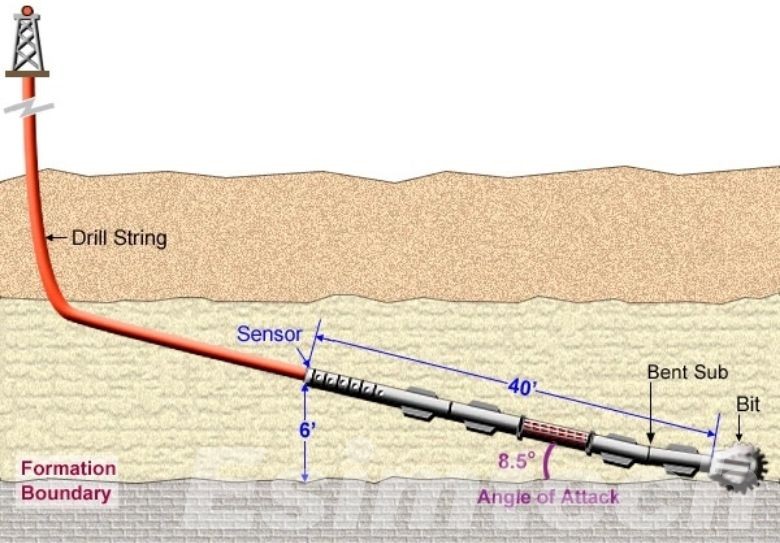
3. Optimizing Drilling Operations
Accurate drilling measurements are essential for optimizing drilling operations and maximizing efficiency. Parameters such as rate of penetration (ROP), torque, and drag provide insights into the performance of the drilling equipment and the efficiency of the drilling process. By monitoring these parameters in real-time, operators can adjust drilling parameters, such as drilling fluid properties and drilling direction, to improve performance and minimize drilling time and costs.
4. Ensuring Wellbore Stability and Safety
Drilling measurements are crucial for ensuring wellbore stability and safety during drilling operations. Parameters such as pressure, temperature, and fluid properties are monitored to detect potential hazards such as kicks, blowouts, and wellbore collapse. By maintaining control over these parameters and implementing appropriate drilling practices, operators can mitigate risks and ensure the safety of personnel and equipment.
5. Facilitating Data-Driven Decision Making
In the fast-paced world of oil and gas exploration, data-driven decision-making is essential for success. Drilling measurements provide valuable data that informs decisions at every stage of the exploration process, from well planning to production optimization. By analyzing drilling measurements and integrating them with other geological and engineering data, operators can make informed decisions that maximize the chances of exploration success and optimize resource recovery.
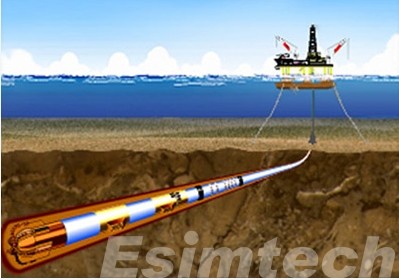
Key Parameters in Drilling Measurements
In drilling operations, various key parameters are measured to ensure efficiency, safety, and accuracy. These parameters provide essential insights into the condition of the wellbore, the characteristics of the formation being drilled, and the performance of drilling equipment.
1. Depth
Depth measurement is fundamental in drilling operations, indicating how far the drill bit has penetrated into the earth or other materials. It helps in determining the total depth of a well or hole and planning further drilling activities.
2. Rate of Penetration (ROP)
ROP measures the speed at which the drill bit advances into the formation. Monitoring ROP is crucial for assessing drilling efficiency, identifying lithological changes, and optimizing drilling parameters to minimize drilling time and costs.
3. Torque and Drag
Torque and drag measurements provide insights into the mechanical forces acting on the drill string during drilling operations. Monitoring torque and drag helps detect downhole conditions, assess equipment performance, and prevent issues such as stuck pipe or equipment failure.
4. Pressure
Pressure measurements are essential for maintaining well control, preventing blowouts, and assessing formation pressures. Monitoring downhole pressure helps in optimizing drilling fluid circulation, controlling formation influx, and ensuring the integrity of well barriers.
5. Flow Rate and Density
Monitoring drilling fluid properties, including flow rate and density, is crucial for wellbore stability and hole cleaning. Accurate measurements ensure effective mud management, control of formation pressures, and prevention of wellbore instability issues like kicks or collapses.
6. Temperature
Temperature measurements provide insights into downhole conditions and equipment performance. Monitoring temperature helps in preventing overheating of equipment, optimizing drilling fluid properties, and ensuring the stability of the wellbore.
7. Directional Parameters
In directional drilling applications, parameters such as wellbore inclination, azimuth, and toolface orientation are crucial for steering the drill bit along the desired trajectory. Accurate measurements of directional parameters enable operators to reach multiple reservoir targets from a single surface location and maximize resource recovery.
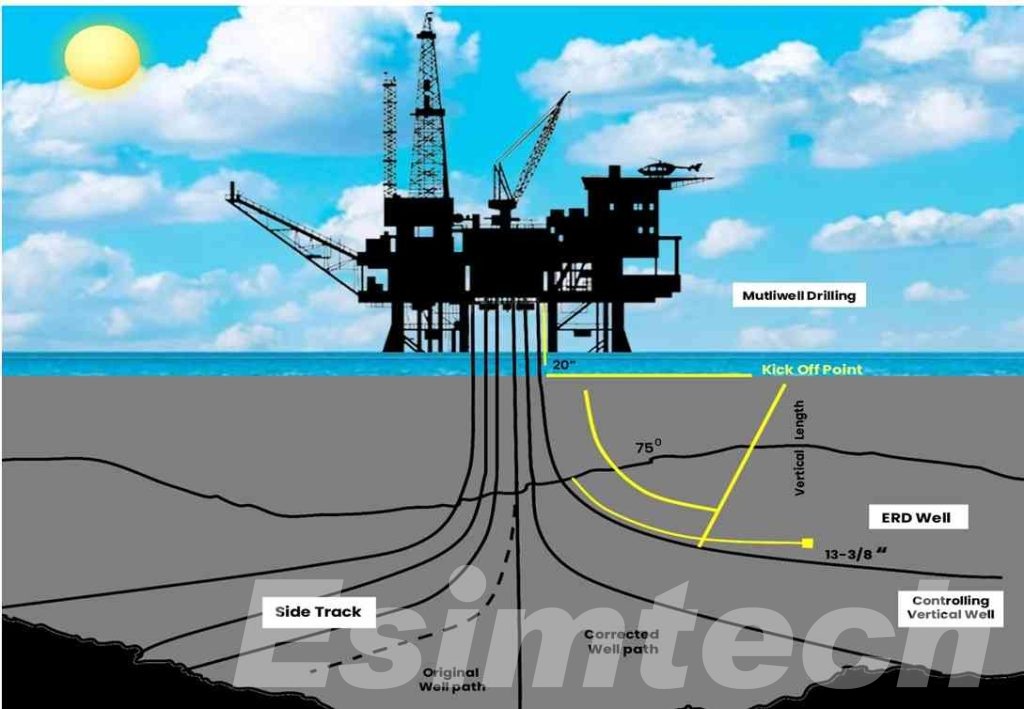
8. Cuttings Analysis
Analyzing drill cuttings collected during drilling operations provides valuable information about subsurface formations, including lithology, fluid content, and potential hydrocarbon presence. Cuttings analysis helps in geologic interpretation, reservoir characterization, and wellbore stability assessment.
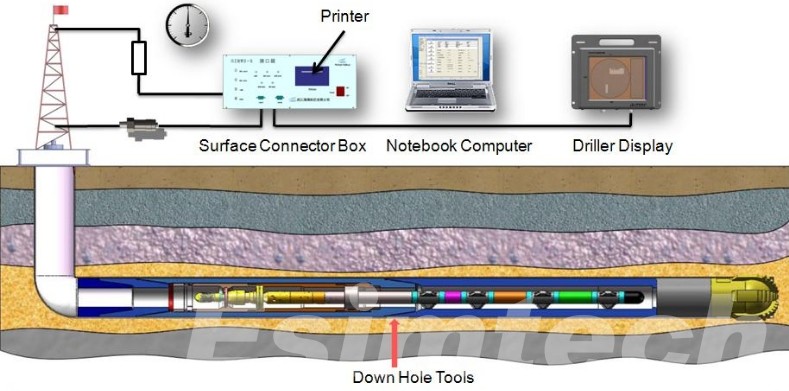
Technological Advancements Driving Accuracy in Drilling Measurements
These advancements encompass various aspects of drilling measurements, from data acquisition to analysis and decision-making.
1. Advanced Sensors
High-resolution sensors integrated into drilling equipment provide real-time data on various parameters such as depth, pressure, temperature, and vibration. These sensors offer improved accuracy and reliability, enabling precise measurement of downhole conditions and equipment performance.
2. Telemetry Systems
Advanced telemetry systems transmit drilling measurements from downhole sensors to surface control centers in real-time. This seamless data transmission allows for continuous monitoring and analysis of drilling operations, facilitating proactive decision-making and optimizing drilling performance.
3. Data Analytics and Machine Learning
Data analytics tools and machine learning algorithms process vast amounts of drilling data to identify patterns, trends, and anomalies. By analyzing historical data and real-time measurements, these technologies provide valuable insights into drilling performance, equipment health, and potential risks, enabling operators to make data-driven decisions and optimize drilling parameters.
4. Automation
Automated drilling systems leverage advanced control algorithms to autonomously adjust drilling parameters based on real-time measurements and predefined objectives. These systems optimize drilling efficiency, reduce human error, and ensure consistent performance while minimizing downtime and operational costs.
5. Digital Twins
Digital twin technology creates virtual replicas of drilling assets and operations, enabling real-time monitoring, analysis, and optimization. By simulating various drilling scenarios and predicting outcomes, digital twins facilitate proactive decision-making, risk management, and performance optimization throughout the drilling lifecycle.
6. Integrated Drilling Software
Integrated drilling software platforms combine data from various sources, including sensors, telemetry systems, and geological models, to provide a comprehensive view of drilling operations. These software platforms offer advanced visualization, analysis, and reporting capabilities, empowering operators to monitor performance, identify inefficiencies, and optimize drilling processes in real-time.
7. Drilling Optimization Algorithms
Drilling optimization algorithms utilize mathematical models and optimization techniques to identify the optimal combination of drilling parameters for maximizing performance and minimizing costs. These algorithms consider factors such as formation characteristics, equipment limitations, and safety constraints to achieve optimal drilling outcomes.
8. Drilling Simulators
Drilling simulators replicate real-world drilling conditions in a virtual environment, allowing operators to train personnel, test new drilling techniques, and simulate challenging drilling scenarios without risking equipment or personnel. These simulators improve competency, safety, and efficiency in drilling operations.
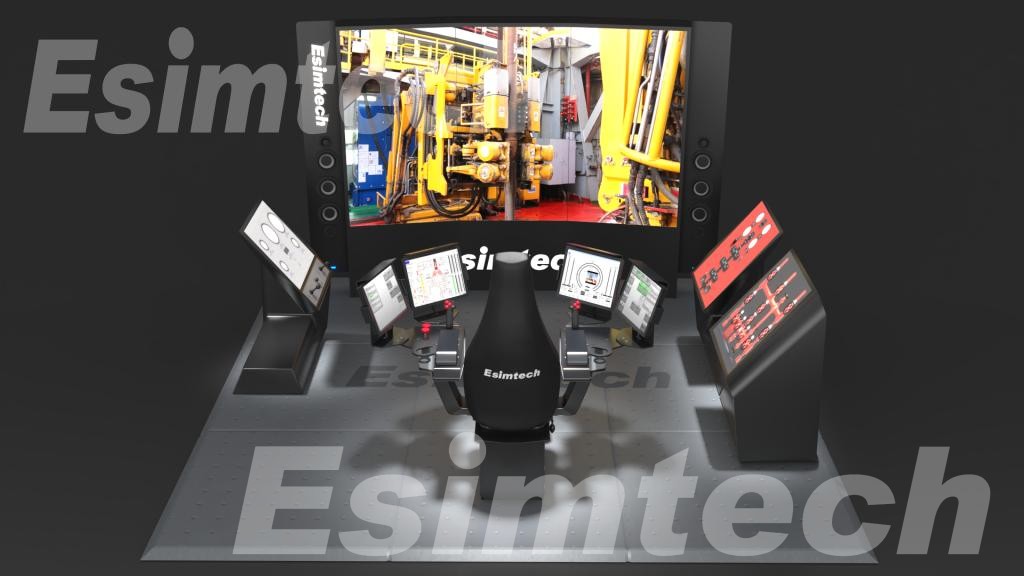
Conclusion
Drilling measurements serve as the compass guiding explorers through the depths of the earth. With each measurement meticulously recorded and analyzed, operators gain invaluable insights into subsurface conditions, reservoir potential, and drilling performance, empowering them to make informed decisions and navigate through complex drilling challenges with confidence.
